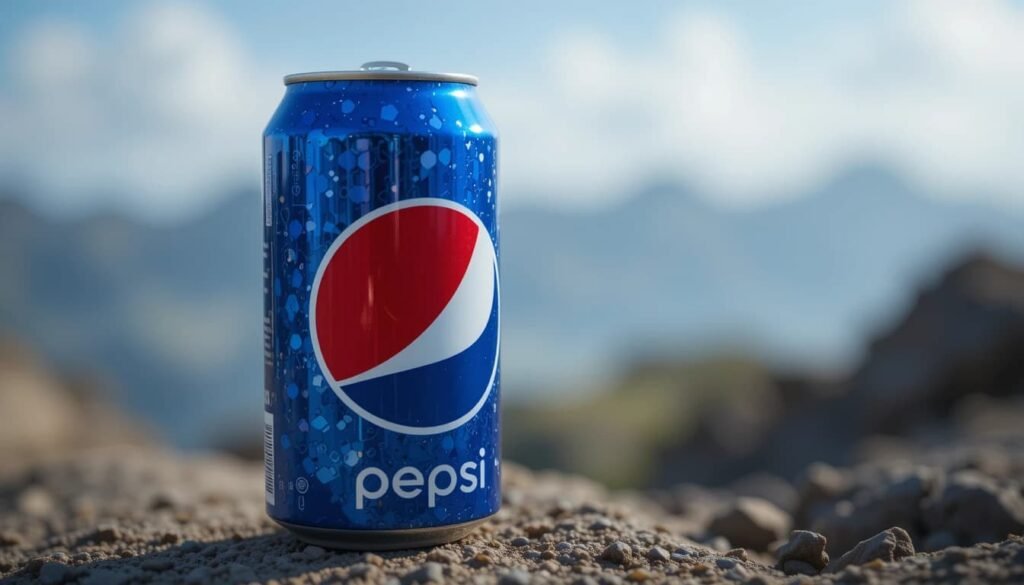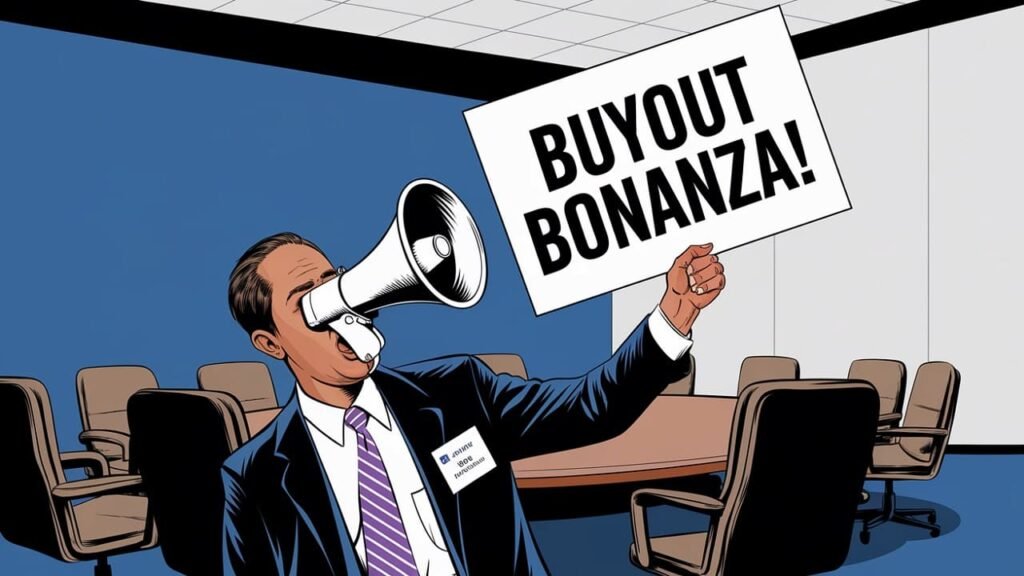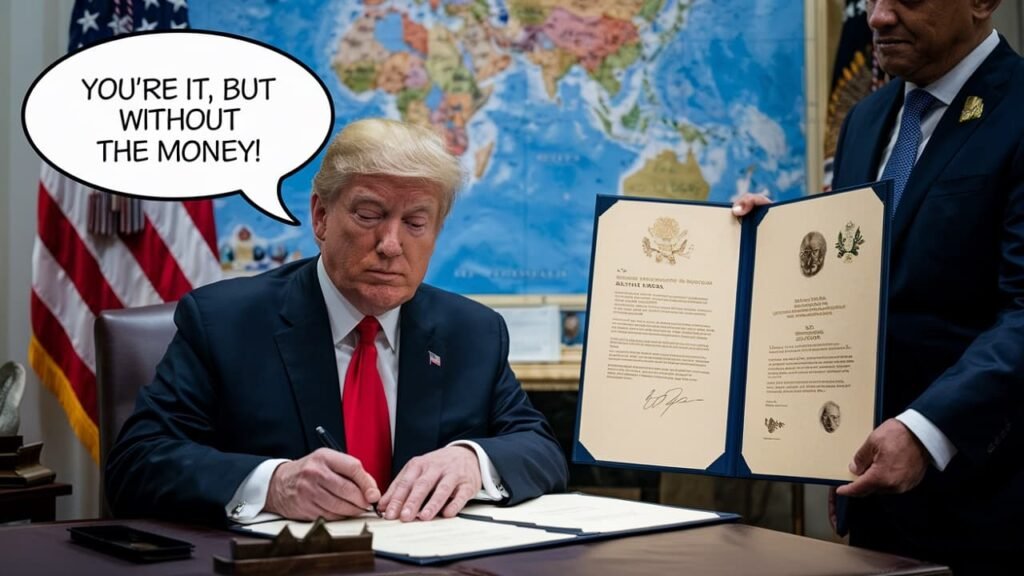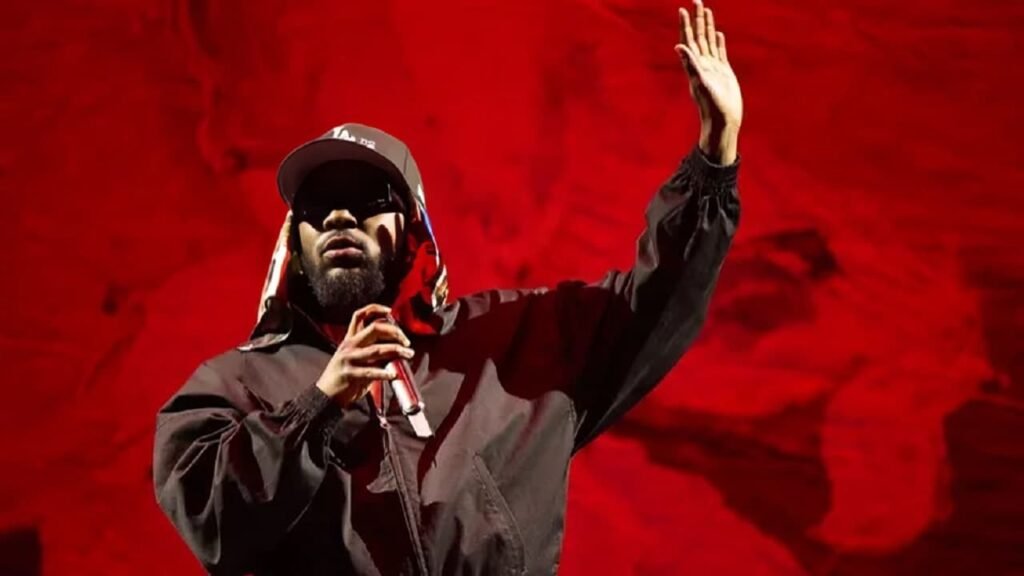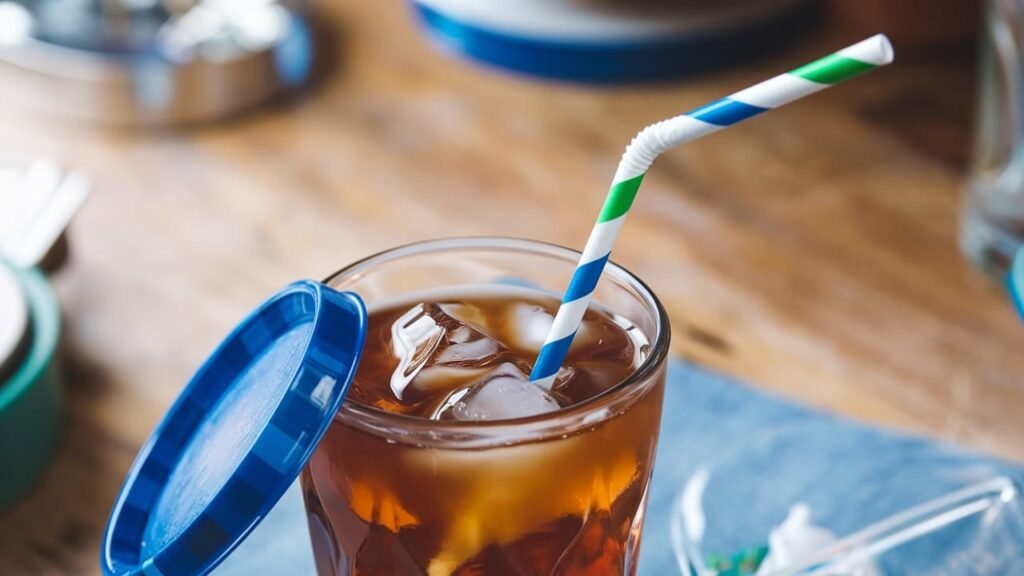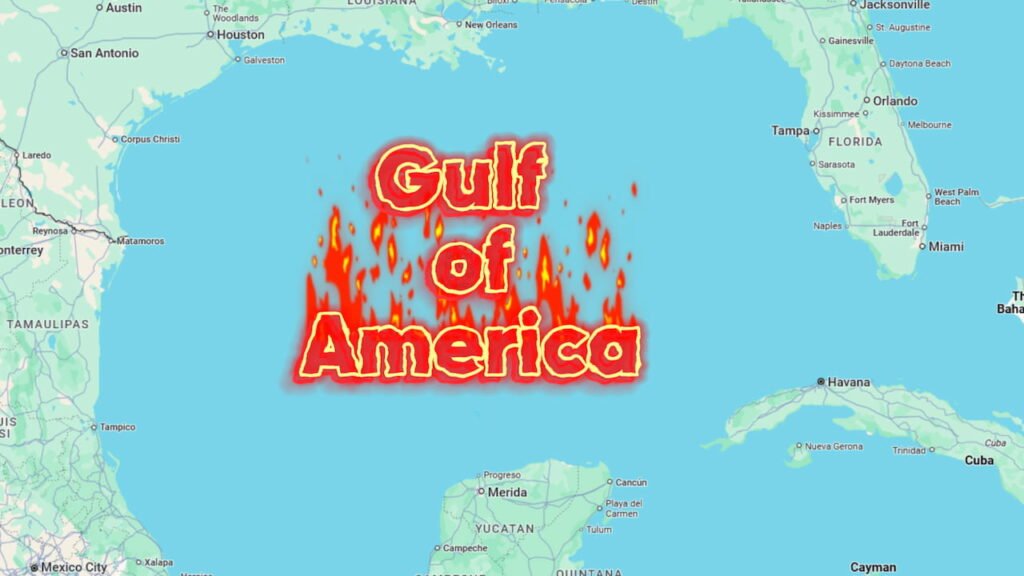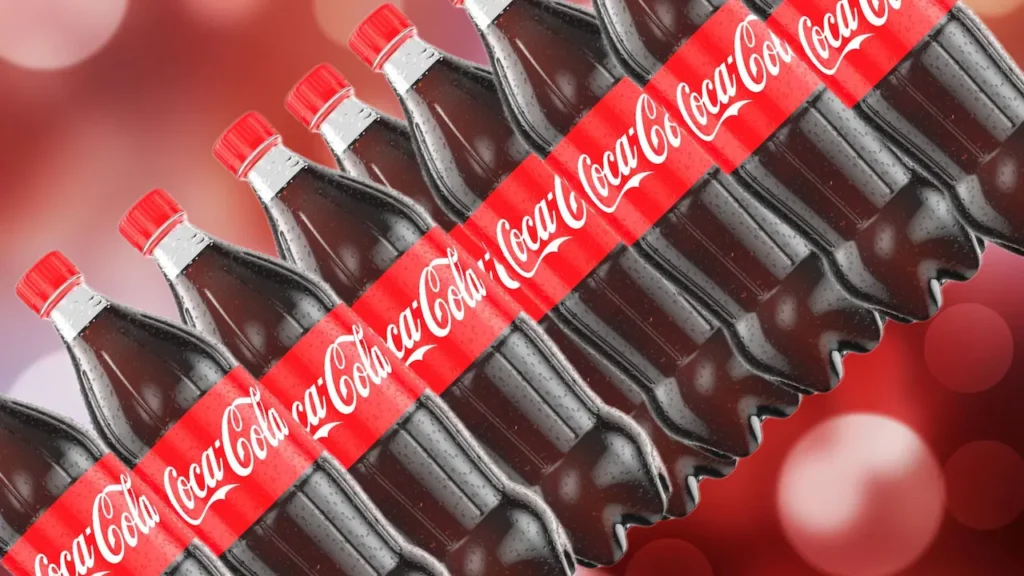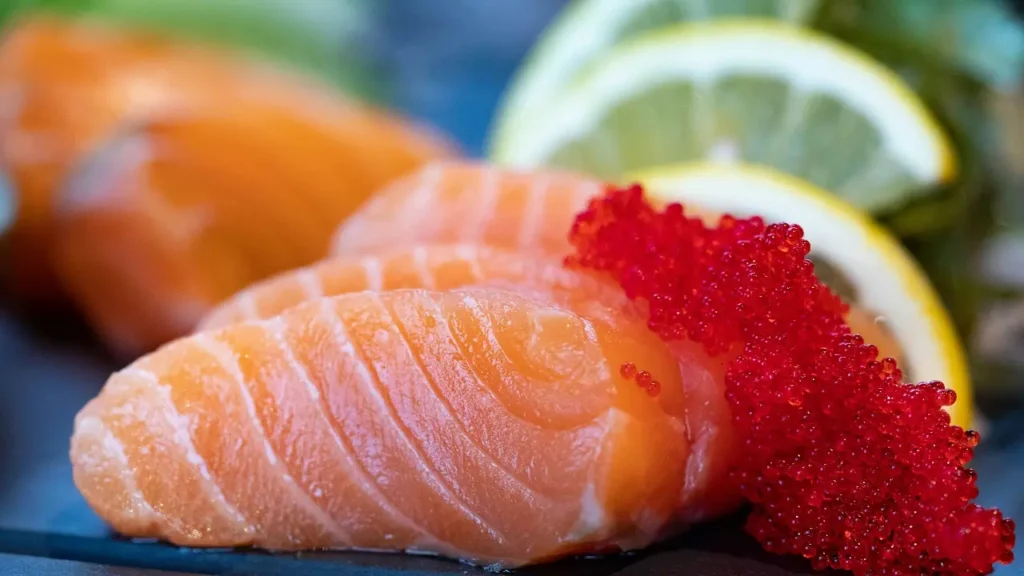PepsiCo dropped its Q2 2025 earnings report on Thursday, and it’s serving up a mixed bag of crunchy numbers and fizzy optimism. The snack and soda giant beat Wall Street’s expectations, posting adjusted earnings of $2.12 per share against a predicted $2.03 and revenue of $22.73 billion compared to an expected $22.27 billion.
Investors popped the champagne, sending shares up over 6% in morning trading, proving that nothing says “bull market” quite a well-timed bag of Lay’s.
Despite the celebratory stock spike, PepsiCo’s North American market is still nursing a bit of a sales hangover. Volume for its food division, including heavy hitters Frito-Lay and Quaker Foods, dipped 1%, while its beverage segment saw a 2% volume drop. CEO Ramon Laguarta, however, remains as upbeat as a vending machine stocked with Pepsi Zero Sugar, insisting that the domestic business is on the mend.
The company’s not just sitting around sipping flat soda, hoping for better days. PepsiCo’s diving headfirst into the protein craze, because apparently, everyone’s a gym bro now. They’re also doubling down on multicultural offerings, with brands like Siete Foods and Sabra stealing the spotlight at the snack table.
Lay’s and Tostitos are getting a makeover, returning to their roots with a focus on potatoes and corn—because nothing screams innovation like reminding everyone what chips are made of. PepsiCo’s also hustling to get its products front and center in stores, ensuring you can’t walk down an aisle without tripping over a bag of Doritos.
Better in-store placement is the name of the game, and PepsiCo’s playing it harder than a kid fighting for the last Cheeto.
On the cost-cutting front, PepsiCo’s tightening its belt faster than a dieter eyeing a kale smoothie. The company shuttered two manufacturing plants in its North American food business, aiming to trim the fat and boost profit margins. They’re also streamlining transportation and logistics, because nobody wants their Cheetos arriving late to the party.
Marketing dollars are under the microscope too, with PepsiCo scrutinizing every cent to ensure maximum bang for their buck. They’re sniffing out redundancies between their food and beverage divisions, hoping to merge operations smoother than a Pepsi and pizza combo.
Efficiency is the buzzword, and PepsiCo’s chasing it with the enthusiasm of a coupon-clipper at a clearance sale.
Despite the domestic hiccups, Pepsi’s namesake soda is a bright spot, with volume ticking up in Q2. Pepsi Zero Sugar is the real MVP, boasting double-digit volume growth, probably because everyone’s cutting sugar but still wants their fizz fix.
Gatorade’s also flexing its muscles, gaining market share in the sports drink arena, while Mountain Dew Baja Blast crossed the $1 billion sales mark, proving neon-colored soda is still a vibe.
PepsiCo’s not ignoring the health-conscious crowd either. Their acquisitions of Siete Foods for $1.2 billion and the remaining stake in Sabra are strategic bets on better-for-you snacks. These brands are poised to cater to consumers who want their chips with a side of cultural flair and fewer artificial ingredients.
The company’s also navigating a tricky landscape of tariffs and economic volatility, which led to a trimmed earnings forecast last quarter. Laguarta noted that cautious consumers are pinching pennies, opting for smaller packs or cheaper brands.
PepsiCo’s response? Offer more value-driven options, like multi-count packs at lower price points, because who can resist a deal on Tostitos?
Looking ahead, PepsiCo’s sticking to its full-year outlook, projecting core constant currency earnings per share to hold steady and organic revenue to grow in the low single digits. Laguarta’s betting on hitting the low end of their 4-6% long-term organic revenue growth target in the coming quarters. It’s a cautious forecast, but PepsiCo’s got enough tricks up its sleeve to keep investors sipping optimistically.
International markets are a mixed bag, with volume declines in Latin America, Europe, and beyond, but PepsiCo’s not sweating it too much. They’re banking on their global brand power—think Lay’s in China with cucumber flavor or Cheetos in Egypt—to keep the cash flowing. The company’s also leaning on data-sharing with retailers to fine-tune demand forecasts, ensuring shelves stay stocked and sales keep humming.
PepsiCo’s Q2 report shows a company juggling challenges with the dexterity of a circus performer tossing flaming torches. They’re battling soft demand, rising costs, and a consumer base that’s pickier than a toddler at a vegetable buffet. Yet, with strategic acquisitions, a focus on healthier snacks, and a knack for squeezing efficiency out of every operation, PepsiCo’s proving it’s got the fizz to stay on top.
So, what’s the takeaway? PepsiCo’s earnings are a bit like a bag of their own chips—mostly satisfying, with a few crumbs of concern. They’re betting big on protein, multicultural snacks, and smarter spending to turn the tide in North America. Grab a Pepsi, munch on some Lay’s, and watch this snack giant crunch its way through 2025.
